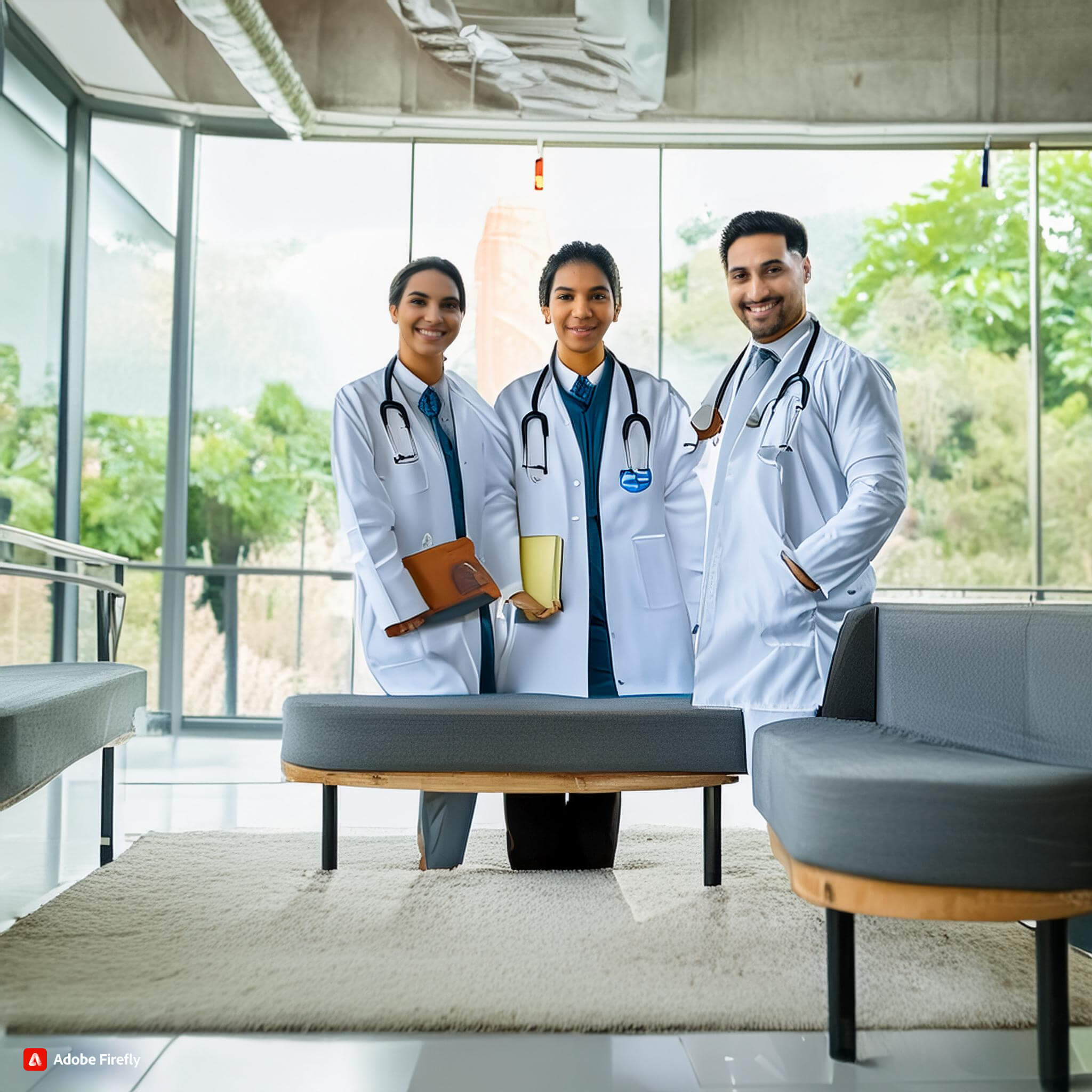Introduction:
A breast cancer diagnosis can be life-altering, and the decision to undergo a mastectomy is deeply personal. For many women, breast reconstruction surgery offers an opportunity to restore their body image and feel whole again after cancer. This procedure aims to recreate the breast's natural shape and appearance, offering both physical and emotional healing.

This comprehensive guide will delve into the intricacies of breast reconstruction after mastectomy, providing you with the knowledge and resources to make informed decisions about your body and your future.
Understanding Breast Reconstruction
Breast reconstruction is not a single surgery, but rather a personalized journey tailored to your individual needs and goals. It often involves multiple procedures performed in stages, and the type of reconstruction you choose will depend on various factors, including your overall health, body type, cancer treatment plan, and personal preferences.
Types of Breast Reconstruction
1. Implant-Based Reconstruction
This technique utilizes breast implants filled with either silicone gel or saline solution to recreate the breast mound. Your surgeon will place the implant either under the chest muscle or beneath a specially created layer of tissue.
2. Autologous Reconstruction
Also known as flap surgery, this method utilizes your body's tissue, typically from the abdomen, back, or buttocks, to reconstruct the breast. Flap surgery is often a more complex procedure but can offer a more natural-looking and feeling breast.
Factors to Consider
- Timing of Reconstruction: You may opt for immediate reconstruction at the time of your mastectomy or choose delayed reconstruction to allow for healing and completion of other treatments.
- Lifestyle and Aesthetics: Your activity level, desired breast size, and overall body symmetry can influence your choice of reconstruction technique.
- Potential Risks and Complications: Like any surgical procedure, breast reconstruction carries potential risks, including infection, implant issues, and flap complications.
The Road to Recovery
The recovery process for breast reconstruction varies depending on the complexity of the procedure. You can expect some pain, swelling, and bruising, which can be managed with medication and rest. Your surgeon will provide you with detailed post-operative instructions and a timeline for resuming normal activities.
Remember, breast reconstruction is a deeply personal decision. By gathering information, exploring your options, and engaging in open communication with your healthcare team, you can make choices that align with your individual needs and empower you on your journey to recovery and wholeness.





